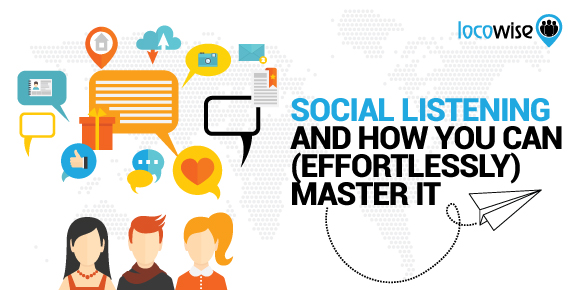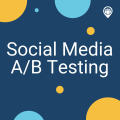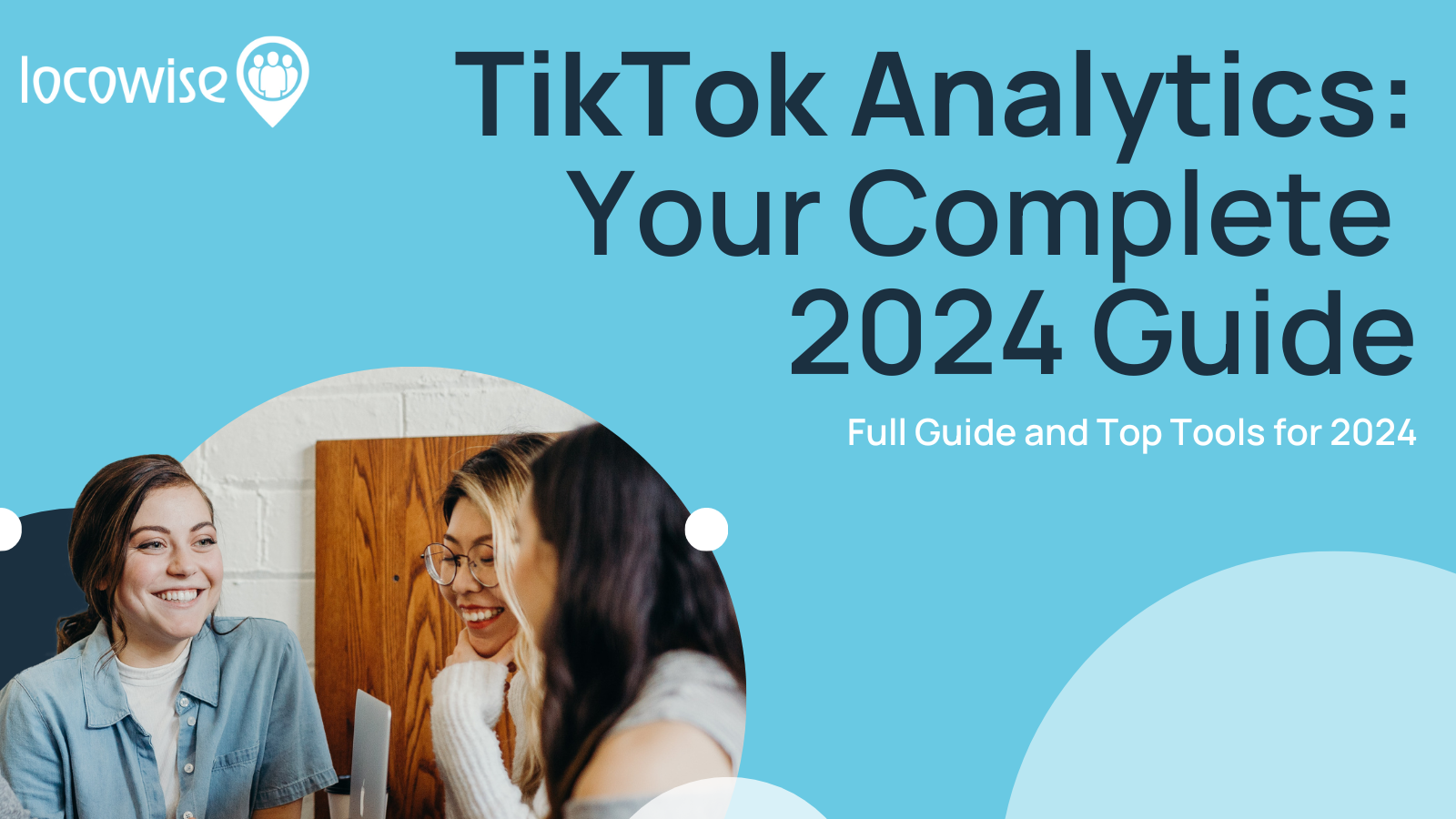Create A World-Beating Social Media Marketing Strategy Plan
Sahail Ashraf posted on 19 June 2018
Whether you’re working for a brand on an agency basis, or running your own ship, if you don’t plan your social media marketing you will be wasting the two most important components to a business: time and money. You can count the number of brands that have instant huge audiences on social on one hand. The rest of us have to work hard to get those kinds of numbers.
The best kind of work you can put in is strategy work. Making a plan for the next twelve months, for example, ensures that you have something to aim for. This means you won’t veer off course. We’ve put together a list of key things you need to have in place before you can legitimately call the next twelve months ‘planned’. We’re taking it from the ground up too, so any brand (even one that has just been created) can get off to the best start. And for established brands, you just need to work on the parts you missed.

So what’s your hobby?
One of the truly fundamental aspects of social media marketing is the buyer persona. We can’t stress enough the value in knowing what your audience wants to see and hear. It works in two ways.
- ●If you know what your ideal customer looks like you can target them with your social media content, as well as advertising
- ●If you know what they look like, you can create content that helps them, as well as keep producing content they want to engage with
The stuff you need to know is:
- ●Age
- ●Location
- ●Hobbies and interests
- ●Occupation
- ●Habits
- ●Likes and dislikes
- ●Objections they would use in a sales pitch
- ●Problems
- ●Pain points (what makes them buy)
You obviously can’t carry out this deep level of research for every customer or prospect, but you can speculate and create a one-sheet persona for your buyers. Remember that you will have different ‘types’, and that you should create a few personas because of this.
Goals
The business (whether it’s yours or a client’s) needs to know where it is going before it can move forward. It will have goals outlined in a business plan or strategy. You need to know what these are if you’re going to plan a social media strategy effectively.
One goal, for example, is brand awareness. As a brand grows it will need to become more visible. This is one of the key strengths of social media marketing, and if you’re able to map your content on top of creating brand awareness, you’re moving forward.
Other goals may include increasing conversion of fans and followers into customers, so creating content that helps in this area means that your social strategy is tied into a goal.
Essentially, if you can work out what the business wants to achieve over 12 months, you can then develop your social media work so that it helps the business meet those needs.

Knowing the competition and how they work
So you’ve developed a customer profile or two, and you’re planning for the next twelve months. All of that hard work will be pointless, unless you know your competition and what they’re doing on social.
Develop a keen interest in the social media accounts of the competition. If you don’t know who they are, research the market. There should be between 3-5 competitors on your radar all the time. These names should be part of your social media strategy.
Identify the content they are producing and make sure you check out if the audience engages in it. Break it down into further categories of content and topics, and use social media metrics to work out what content is successful, and really helps to engage the audience that you happen to share.
The names of the brands you’re up against should be very clear on the actual marketing strategy document. This gives you a constant reminder to listen and observe. Better yet, build the activity of listening to your competitors into the plan as a daily activity. At some point, you’ll be able to move away from the pack.

Be in the right place
This flows rather neatly from buyer personas. If you know your audience well, you will know where they are located. It’s as simple as that. If your audience belongs on Facebook, go there and focus the majority of your marketing efforts on that platform. And if they enjoy tweeting more than anything else, Twitter is where you’re supposed to be.
The strategy part comes in when you are able to map out exactly where your social media marketing is going. And you’re mapping it out because you know your audience well.
If you want to get technical, you can divide up your social media into 2-3 areas, such as primary, secondary and tertiary. This helps you properly allocate a number of things, including advertising. But the most important thing is to make sure that you know what you should be spending your energy on. We mentioned at the start of this post that time and money can be wasted. But if you’re only targeting an audience in the right places, that reduces the risk.
Then…
Get it all down in a proper and usable format. A spreadsheet with the direction for the next twelve months is as viable as a fancy chart that takes two weeks to design. Once you have your plan put together and you’ve assigned roles and responsibilities, you have a legitimate strategy with:
- ●Goals
- ●Buyer personas
- ●Competition analysis
- ●The right platform(s)
With that outline available you should be able to feel confident that you have strategically managed social media. It just takes work and some clear thinking (especially around buyer personas) but once you’ve got a year planned out, all you need to do afterwards is monitor and review.
And if you want help with that monitoring, why not make it incredibly easy on yourself and take out a free 7-day subscription to Locowise? There’s only one way to know exactly what your competitors are up to, and that’s by running Locowise.





